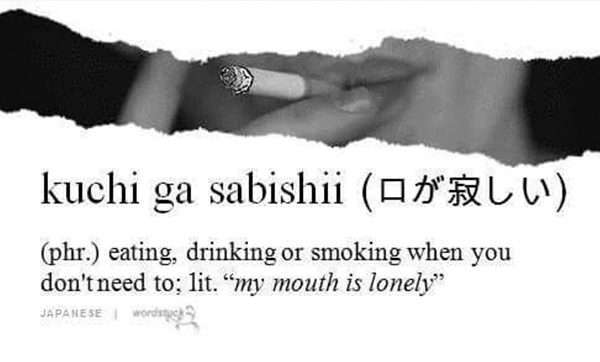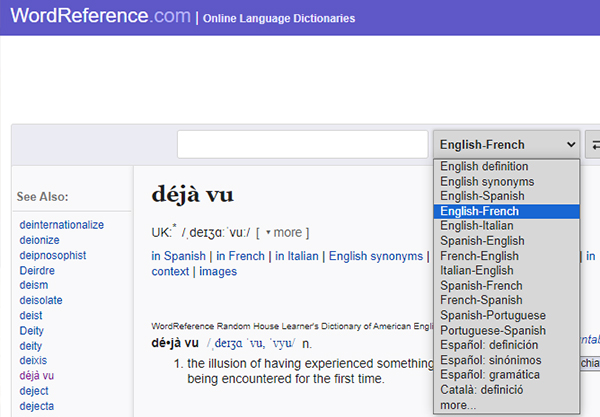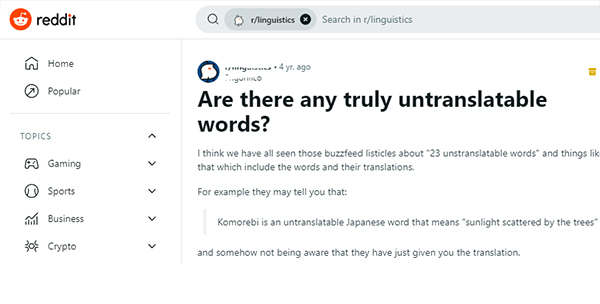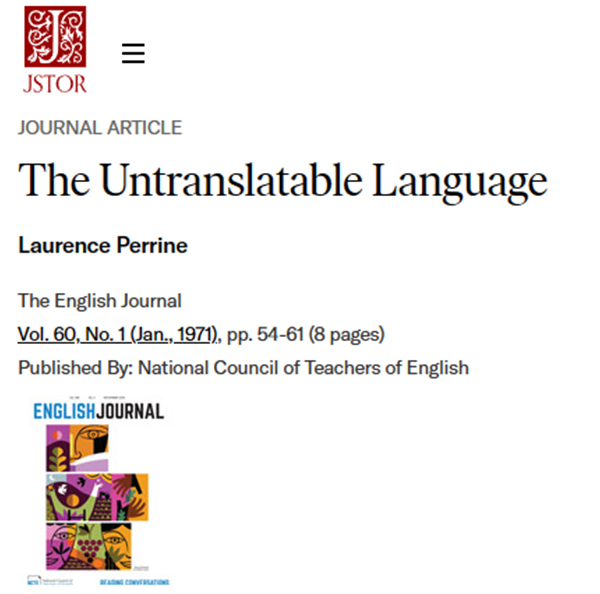

Localization


The first part of this sequence has taken us through the journey of untranslatable words’ birth and the challenge they pose. Now, let’s dive into the second part of this linguistic adventure, where we unveil some tips to conquer the translation peak.
When faced with the task of translating untranslatables, there’s no one-size-fits-all solution. However, there are common ways to approach the problem of translating untranslatables. Here are some of the most common methods:
This is the simplest and most straightforward way of translating an untranslatable word or phrase using its components’ literal meaning. For example, the Japanese word “Kuchi-ga-sabishii” might be translated as “lonely mouth” in English. However, this method might not preserve the original implication or tone of the expression. It might lose some of the cultural or emotional context. For instance, “Kuchi-ga-sabishii” implies that eating is a natural and forgiving way of coping with loneliness, while “lonely mouth” might sound more obscure and judgmental.

This is a way of translating an untranslatable word or phrase by using an existing word or phrase in the target language with a similar meaning or connotation, even though it might not be an exact match. For example, the German word “Schadenfreude” might be translated as “malicious joy” in English, which conveys a similar idea of taking pleasure in someone else’s suffering, even though it might not capture the exact degree or intensity of the emotion. This method might also introduce some subtle differences in the cultural or social implications of the expression, as different languages might have different attitudes or norms towards certain feelings or behaviors.

This is a way of translating an untranslatable word or phrase by creating a new word or phrase in the target language that tries to capture the essence of the original expression by combining existing words or elements in a novel way. For example, the Danish term “hygge” might be translated as “cozy-ful” in English, which is a word that does not exist in the dictionary but that incorporates the sense of comfort and warmth associated with “hygge”. This method might also create a new term that can enrich the vocabulary and culture of the target language by introducing a new concept or perspective that was previously unknown or unfamiliar.

This is a way of translating an untranslatable word or phrase by using a longer and more descriptive expression in the target language that explains the meaning or context of the original expression by using examples, comparisons, or definitions. For example, the Italian term “dolce far niente” translates roughly to “the sweetness of doing nothing”, but a more accurate translation might be “finding joy and relaxation in the art of idleness”, which captures the essence of the original expression. This method might also provide more information and insight into the culture and worldview of the source language by revealing the values and beliefs that underlie the expression.

Do not hesitate to seek assistance from reliable resources that help the translators conquer the untranslatables:
These dictionaries provide translations, definitions, and examples of words or phrases in two languages. WordReference (https://www.wordreference.com/), which offers translations, definitions, and examples in context for many languages, as well as synonyms, antonyms, and related words, is a notable tool for looking up untranslatable words.

One of the best online language forums is Reddit (https://www.reddit.com/), which has many language-specific subreddits where people can post and comment on language-related topics. WordReference forums, linked to the WordReference dictionary, can help users ask and answer questions about specific words or phrases in different languages. It is also an ideal platform for researching intention.

These academic or scholarly works explore and compare the similarities and differences between cultures, especially regarding their values, beliefs, norms, and behaviors. JSTOR (https://www.jstor.org/) is a digital library that provides access to thousands of academic journals, books, and primary sources in various disciplines, including language and literature, anthropology, sociology, and psychology. Another good online source for cross-cultural studies is Google Scholar (https://scholar.google.com/). This search engine allows users to find scholarly literature across many fields and sources, such as articles, books, theses, and abstracts.

Translating the untranslatable words is not just filling in the blanks. We are learning to understand and appreciate each other better. Each is like a splash of color in the beautiful painting of global communication, reminding us that true understanding goes beyond the limits of language.
Here at Hansem. Vietnam, we are dedicated to conquering the untranslatable, transforming tricky language nuances into seamless, spot-on translations. We understand that it’s not just about words; it’s about preserving the essence and cultural nuances that make communication rich and meaningful. Our team of experienced linguists always embarks on thorough research on every term to deliver the most culturally accurate translation quality. We’re here to assist you with your translation needs, inviting you to join us on this exhilarating journey of linguistic exploration. Let’s bridge the gaps together and communicate beyond words—because understanding is an art, and we’re here to master it. 😉
Hansem Global is an ISO Certified and globally recognized language service provider. Since 1990, Hansem Global has been a leading language service company in Asia and helping the world’s top companies to excel in the global marketplace. Thanks to the local production centers in Asia along with a solid global language network, Hansem Global offers a full list of major languages in the world. Contact us for your language needs!
 Transforming B2C Sales Training with Gamification
04.14.2024
Transforming B2C Sales Training with Gamification
04.14.2024
 The Impact of Localization on Salesforce’s Success with Hansem Global
04.07.2024
The Impact of Localization on Salesforce’s Success with Hansem Global
04.07.2024
 Mastering Right-to-Left (RTL) Language Localization: Avoid the Top 5 Desktop Publishing (DTP) Mistakes for Global Success
04.03.2024
Mastering Right-to-Left (RTL) Language Localization: Avoid the Top 5 Desktop Publishing (DTP) Mistakes for Global Success
04.03.2024